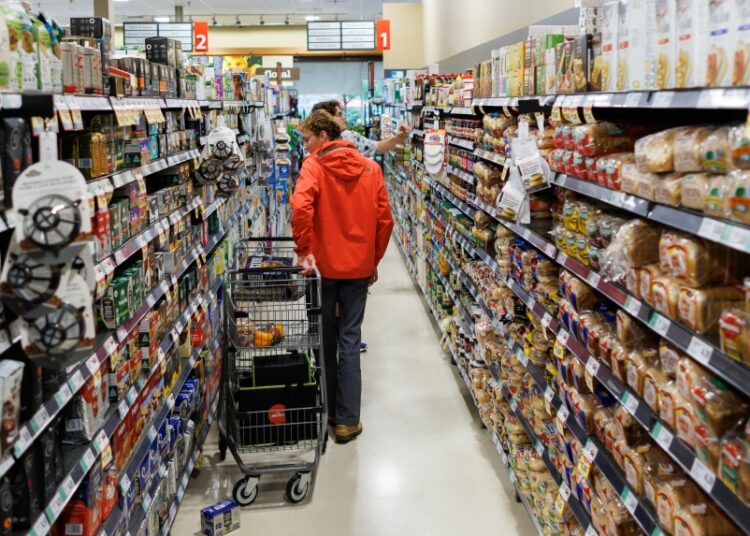The Agri-Food Analytics Lab at Dalhousie University, in collaboration with Caddle, has released a comprehensive report examining Canadian grocery shopping habits. The survey delves into in-store and app-based discounting practices, as well as food rescue initiatives, shedding light on the values and expectations of Canadian consumers.
Shifting Loyalty for Better Deals
The report highlights a significant trend among Canadian shoppers, with 62.2% of respondents indicating they switched their primary grocery store in the past year to take advantage of better deals. This shift underscores the growing importance of discounts and promotions in consumer decision-making. Furthermore, 29.8% of respondents exclusively choose grocery stores based on in-store discounts, while 56.2% prioritize discounting, although other factors also play a role in their choices.
Active Pursuit of Discounts
The pursuit of discounts is a prevalent behavior, with 59.2% of Canadians consistently seeking discounted food products during in-store shopping. An additional 26.9% do so often, and 10.4% occasionally. Among these shoppers, a preference for expiring or clearance items is evident, with 40.9% favoring marked-down products offering significant discounts of 30% or 50%.
Methods of Discovering Discounts
Flyers remain the most common method for discovering discounts, used by 60.9% of respondents, followed by mobile apps (49.9%) and in-store signage (44.2%).
Most Purchased Discounted Items
The platform with coupons and discounts code-promo.ca shared the statistics with the most frequently purchased with promo codes and special coupons products among Canadian consumers including fresh produce (59.9%), meat products (59.7%), packaged and canned goods (57.7%), baked goods (48.6%), and dairy products (48.3%).
Discount Thresholds for Expiring Food
When considering expiring food items, 47.3% of respondents indicated that a 50% discount would prompt them to purchase, while 26.1% would be swayed by a 30% discount. However, 19.4% of respondents would require discounts exceeding 50% to consider such purchases.
Food Rescue Initiatives on the Rise
The report also explores the growing popularity of food-rescuing apps, which offer consumers opportunities to save money and reduce food waste. Despite their benefits, 57.6% of respondents have never used a food-rescuing app like Flash Food, Food Hero, or Too Good To Go. However, those who have used these apps overwhelmingly recommend them, with 95.1% of users endorsing their use. Among app users, Flash Food is the most popular (61.2%), followed by Too Good To Go (41.6%) and Food Hero (13.8%).
Regular Use of Food Rescue Apps
Currently, 34.6% of respondents use these apps regularly, while 39.7% utilize them occasionally. Saving money is the primary motivation for using food rescue apps, cited by 73.2% of users, followed by reducing waste (39.5%).
Discount Expectations for App Purchases
Respondents’ discount expectations when using food rescue apps align closely with in-store discounts. A 50% discount is deemed sufficient by 45.6% of respondents, while 22.1% consider a 30% discount adequate, and 20.4% look for discounts exceeding 50%. Notably, preferences for food categories differ when using apps; baked goods are the most preferred, followed by fresh produce, meat, and ready-to-eat items.











